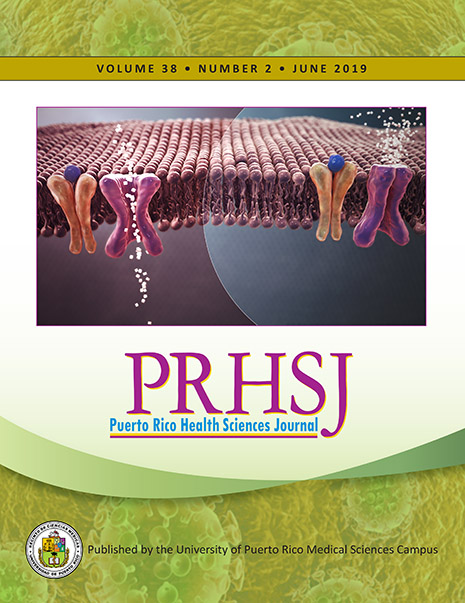Abstract
Objective: To quantify the health-related quality of life (HRQoL) of patients with type 2 diabetes mellitus (DM) in Ecuador and to determine its association, or lack thereof, with demographic and clinical variables, particularly with the comorbidities and complications of DM. Methods: This was an analytical cross-sectional study with 325 patients attending regular care at a primary health care center in Quito, Ecuador. HRQoL was measured using the EuroQol 5-dimension 3-level (EQ-5D-3L) questionnaire. The patients were screened for diabetic nephropathy, retinopathy, and peripheral artery disease (PAD). Clinical files were reviewed to obtain data regarding gender, age, time since diagnosis, type of treatment, glycemic control, and history (if any) of hypertension and/or dyslipidemia. Associations were verified using the Mann–Whitney U or Kruskal–Wallis test, and the confounding effects of the variables “age” and “gender” were controlled for using logistic regression analysis. Results: The mean HRQoL for the population was 0.844 (±0.215) on the EQ-5D-3L index (EQ-Index) and 80.6 (±18.8) on the EQ visual analogue scale (EQ-VAS). The prevalence of DM complications was 1.8% for nephropathy, 14.8% for retinopathy, and 14.5% for PAD. Of the participating patients, 66.8% presented hypertension and 91.4%, dyslipidemia. Significant associations were found between lower scores on the EQ-Index and age (≥65 years) (0.84 vs. 0.87; p = 0.016), time since diagnosis (≥10 years) (0.81 vs. 0.87; p = 0.005), presence of hypertension (0.83 vs. 0.88; p = 0.017), and, after controlling for age and gender, presence of nephropathy. For the EQ-VAS, only time since diagnosis (≥10 years) was associated with a lower score (77.99 vs. 82.97; p = 0.043). Conclusion: Older age, longer disease duration, hypertension, and nephropathy are associated with having a lower HRQoL, in patients with type 2 DM in Quito, Ecuador.
Authors who publish with this journal agree to the following terms:
a. Authors retain copyright and grant the journal right of first publication with the work simultaneously licensed under a Creative Commons Attribution License that allows others to share the work with an acknowledgement of the work's authorship and initial publication in this journal.
b. Authors are able to enter into separate, additional contractual arrangements for the non-exclusive distribution of the journal's published version of the work (e.g., post it to an institutional repository or publish it in a book), with an acknowledgement of its initial publication in this journal.
c. Authors are permitted and encouraged to post their work online (e.g., in institutional repositories or on their website) prior to and during the submission process, as it can lead to productive exchanges, as well as earlier and greater citation of published work (See The Effect of Open Access).
